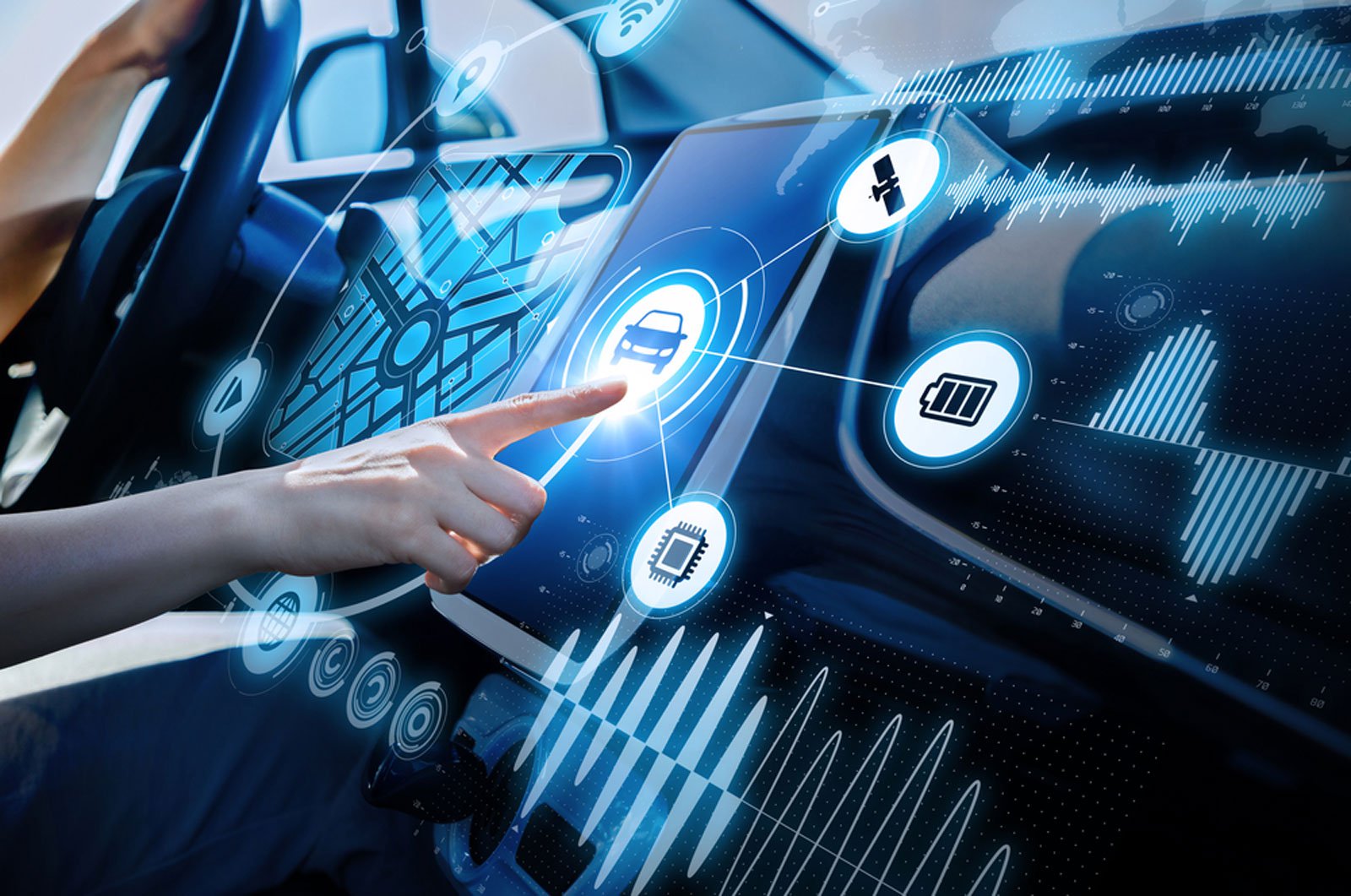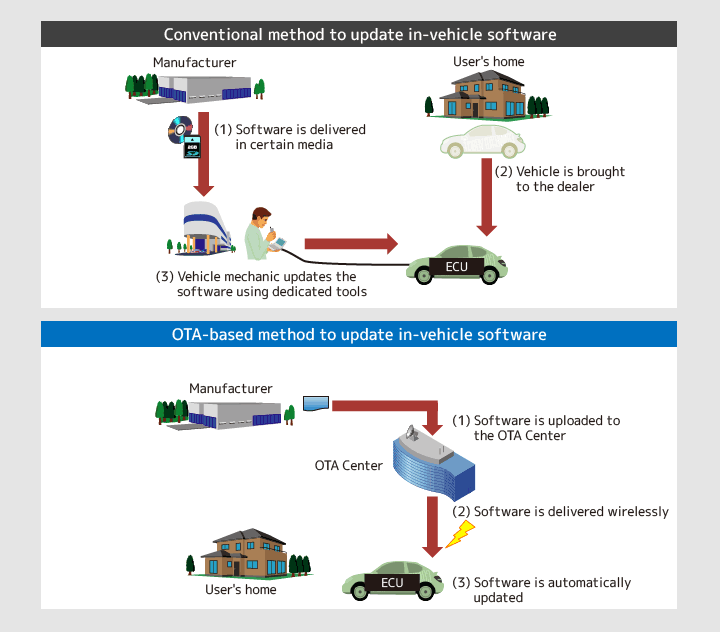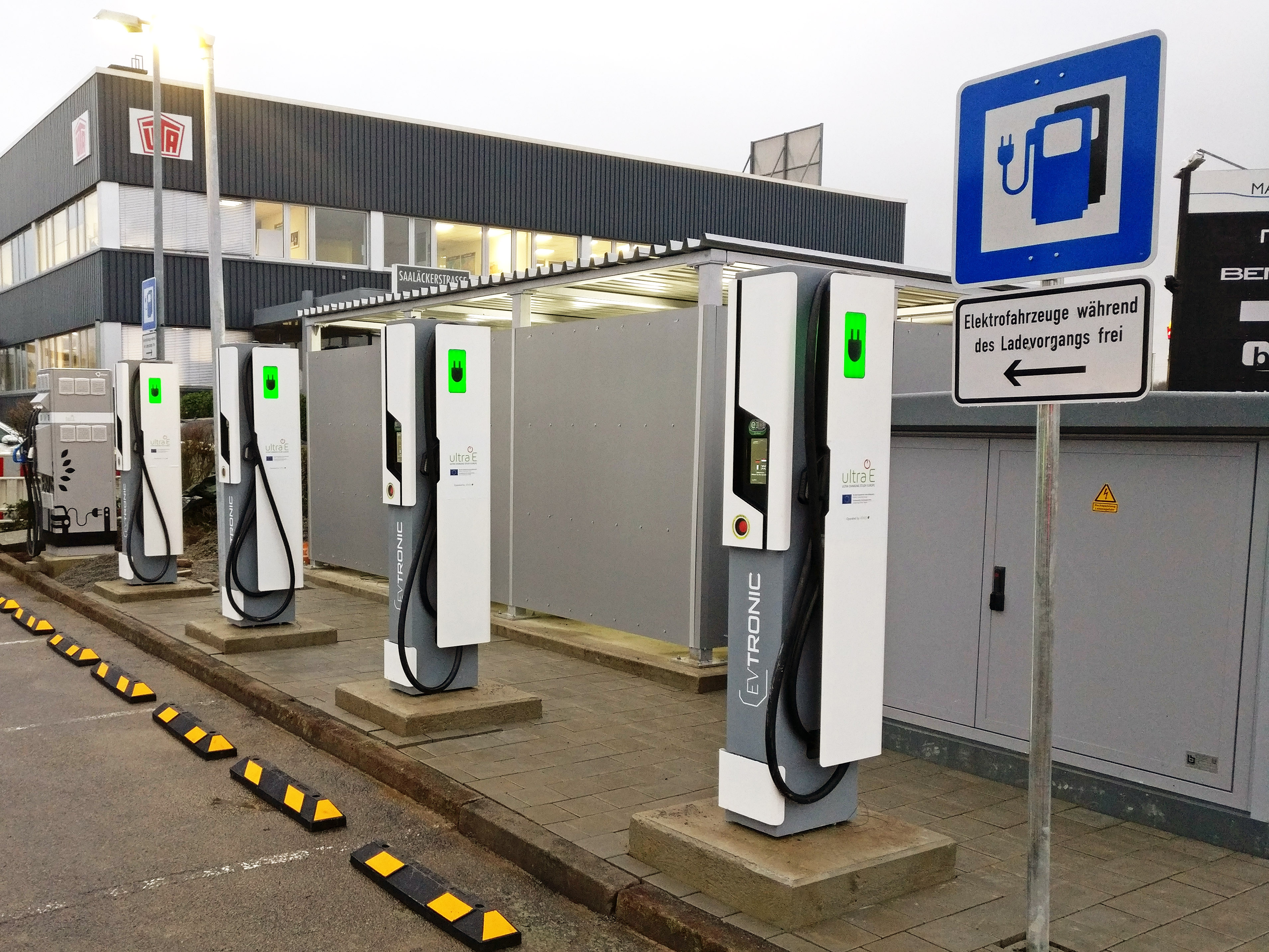The Digital Revolution on Wheels: How Remote Software Updates Are Shaping the Future of the Auto Industry
In an era where technology touches almost every aspect of our lives, the automotive industry is undergoing a significant transformation, thanks to the advent of over-the-air (OTA) software updates. Unlike the traditional image of a broken-down car requiring a visit to a mechanic, the introduction of advanced software in connected vehicles is changing the game by enabling problems to be fixed remotely, often without the vehicle ever needing to visit a garage.
Understanding Over-the-Air Updates
OTA updates can remotely modify not only entertainment and navigation systems but, more importantly, critical safety features within a vehicle. This technology marks a pivotal shift in how automotive manufacturers address software-related challenges and recalls. A notable instance is when Tesla, a front-runner in implementing OTA updates, recalled over two million cars to fix a faulty self-driving feature through remote software deployment.
Why Software Is Mandatory for Automakers
Dylan Khoo, an automotive industry analyst, points out that the inherent nature of software to have bugs necessitates a streamlined approach for updates. The ability to execute these updates remotely circumvents the logistical and financial constraints of traditional methods, which often involve USB sticks or dealership visits. Such advancements signify a broader move towards integrating more sophisticated software functionalities within vehicles.

The Procedure Behind OTA Updates
The process of OTA updates mirrors that of updating a smartphone or laptop, typically occurring overnight without requiring user intervention. Not only does this method enhance convenience for the vehicle owner, but it also ensures that urgent software updates addressing security threats can be applied swiftly and broadly. It’s a practice that, while not yet universal, is gradually being adopted by manufacturers eager to leverage the benefits of real-time software management.

The Impact on Consumer Experience and Safety
| Benefit | Description |
|---|---|
| Enhanced Convenience | Updates can be scheduled and executed remotely, eliminating the need for dealership visits for software-related fixes. |
| Safety Improvements | Critical updates can be deployed rapidly across the fleet to address safety concerns. |
| Feedback-Driven Enhancements | Manufacturers can roll out feature improvements and optimizations based on user feedback. |
Despite its increasing adoption, some challenges remain. The patchwork nature of automotive manufacturing, involving numerous suppliers and components, has made widespread application of OTA updates complex. Furthermore, concerns over disabling vehicle functionality post-update have made some manufacturers wary of fully embracing this technology for critical safety features.
The Road Ahead
As electric vehicles (EVs) become more prevalent, their inherent design — which generally involves fewer mechanical components than traditional gas vehicles — positions them as ideal candidates for comprehensive OTA updates. Still, the journey towards broad implementation involves overcoming technical hurdles and convincing manufacturers of the financial viability of this approach.
Huw Williams, a spokesperson for the Canadian Automobile Dealers Association, highlights that while OTA updates offer exciting possibilities, physical maintenance and repairs will always require professional attention. Thus, the future automotive landscape is likely to be a blend of high-tech remote software management and traditional mechanical upkeep.

The transformative potential of OTA updates in the automotive industry is undeniable. As vehicles become more software-driven, the line between physical and digital components blurs, offering a glimpse into a future where your car improves and evolves while parked in your driveway. For enthusiasts and professionals alike, this represents a thrilling shift towards a more connected and intelligent automotive ecosystem.
Focus Keyphrase: Over-the-Air Software Updates in the Auto Industry